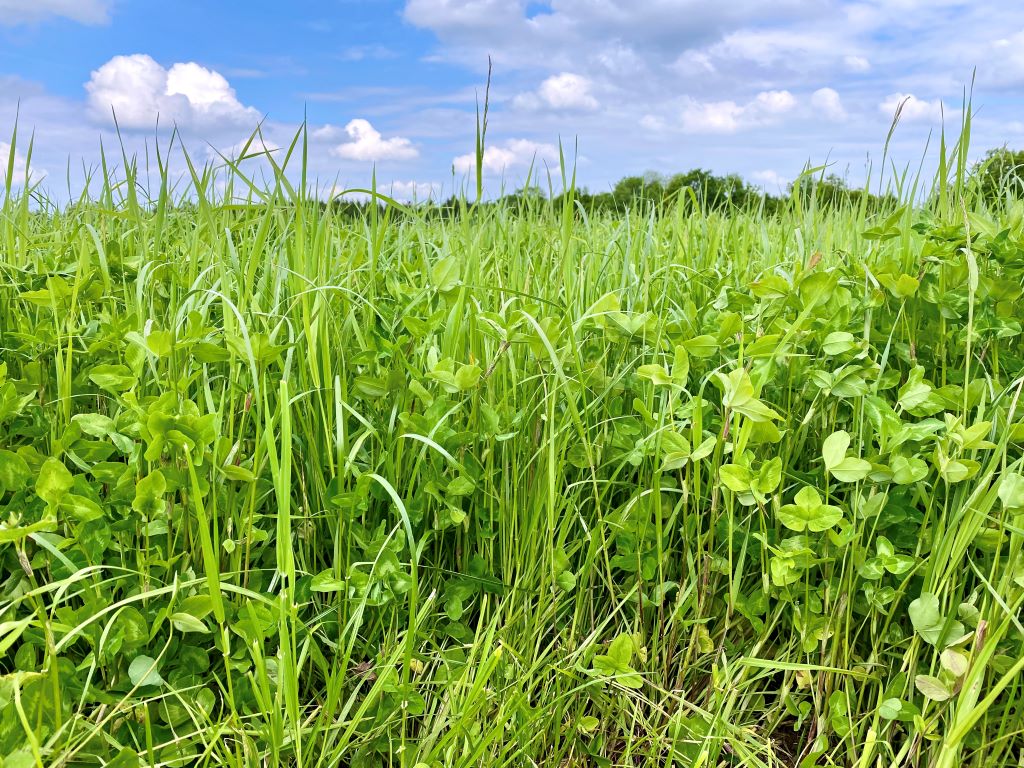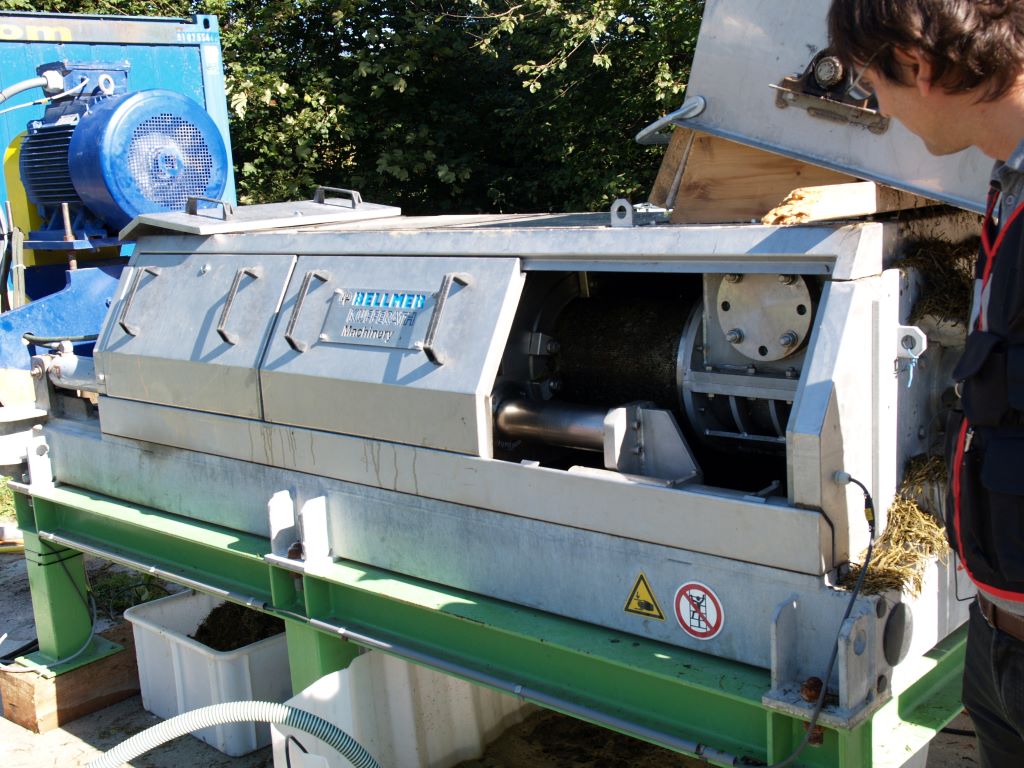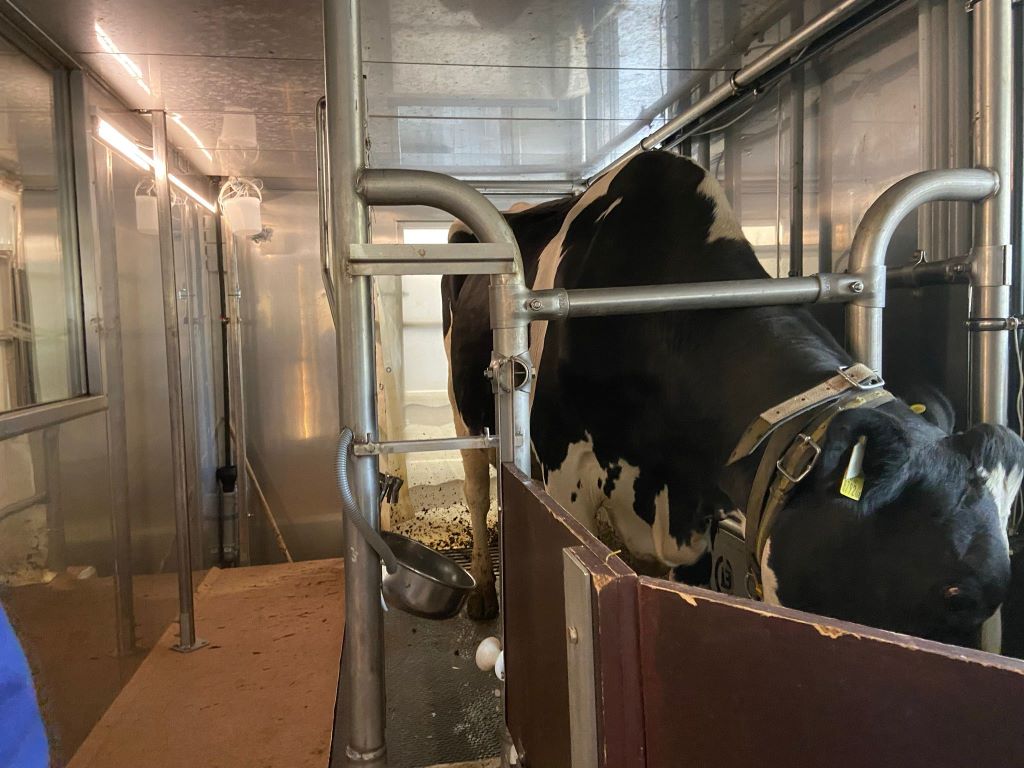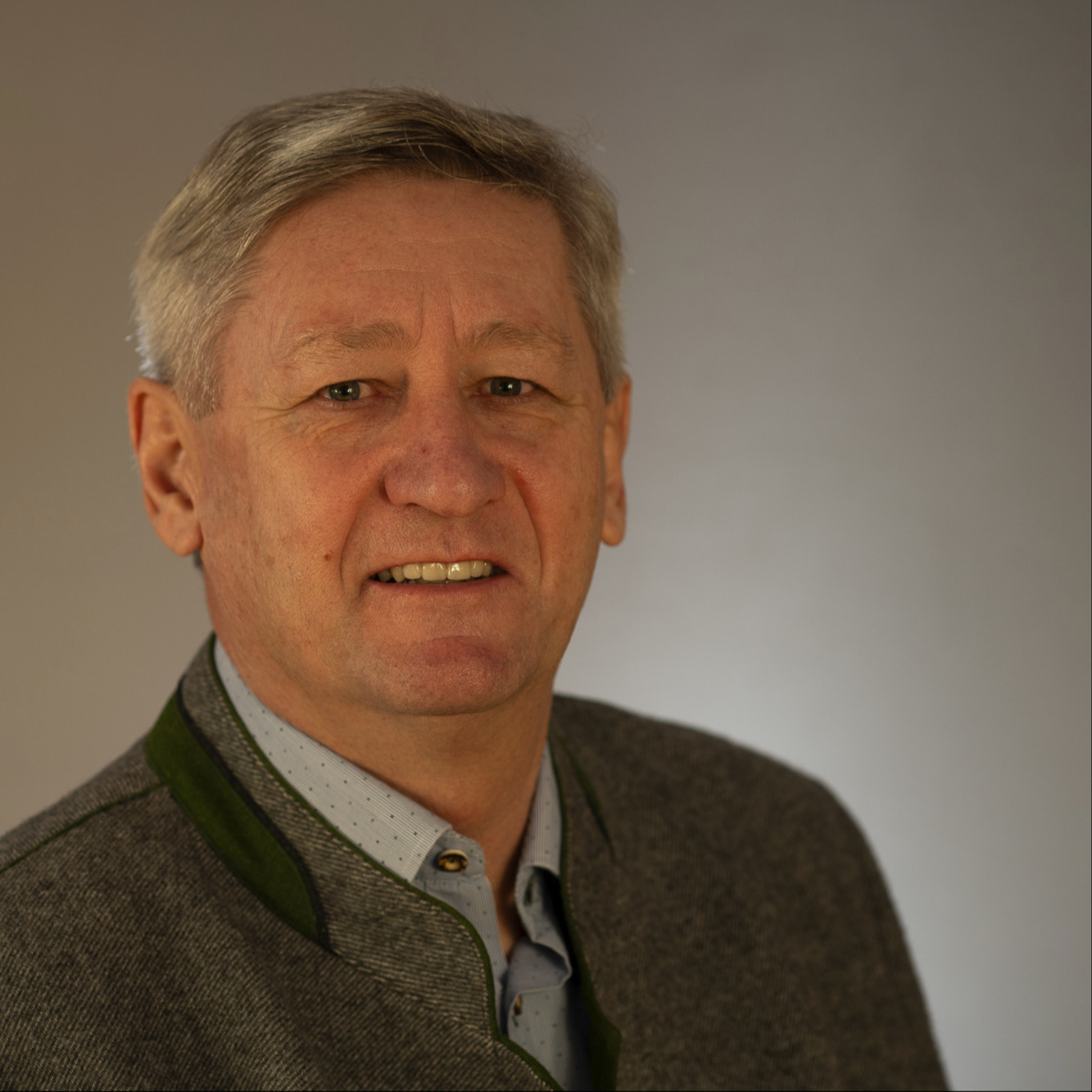1. Alternative protein source for monogastric animals
Pilot studies have shown that the extraction of amino acids or protein concentrates from field and grassland feed (clover, alfalfa, etc.) as well as from seaweed could have significant potential for a sustainable protein supply for the growing human population. The “farm4more project” is investigating the direct extraction of valuable protein building blocks from clover grass silage and seagrass silage by means of extraction and further processing of the silage juice. The amino acids obtained from this are intended to be used to feed chickens and pigs and thus help to reduce the climate-damaging need for protein imports, the arable land requirement for animal feeding and the pressure on ecologically valuable areas. In addition, the by-products resulting from the protein production process (e.g. press cake from field fodder) should also be used sensibly in feeding ruminants.
1.1 Yields and losses as well as feed and fermentation qualities from the biorefining of red clover and red clover grass silage
The biorefining of the red clover grass silages and the red clover silages caused a different material transfer into the silage pressed juice: dry matter 26 to 28%; Crude protein approx. 36%; raw ash 44 to 46%; Phosphorus (P) 56-58%; Fermented products 57-62%. It became apparent that during biorefining, particular attention must be paid to rapid preservation or evaporation of the highly perishable pressed juice. The nutrient and mineral contents in the press cake changed significantly compared to the silage: 30 g less crude protein, 100 g more aNDFom/kg DM. A new ensiling of the press cake (re-ensiling) worked perfectly and delivered stable silages with very good silage quality.
1.2 Use of red clover grass silage press cake from biorefining in organic dairy cattle feeding
The resilated press cake, which was low in protein and potassium, had very good fermentation quality. Under the tested experimental conditions, no decrease in feed intake and milk production was found up to a clover grass silage press cake proportion of 25% of the basic feed (18.5% of the total feed ration). However, when using 50% of the basic feed (37% of the total ration), there was a definite decrease in feed intake and milk production also decreased numerically. In summary, it can be said that with press cake proportions of around 20% of the total ration, no negative effects on feed intake and performance are to be expected. If quantities are used in excess of this, the higher structural carbohydrate content and the decrease in protein content in the press cake have a odor-limiting effect on feed intake and performance in rations that emphasize basic feed.
1.3 Testing the silage press juice concentrate under organic chicken fattening conditions
In the four experimental groups, the proportion of silage pressed juice in the total ration of the organic broiler chickens was increased from 0% (K), over 3% (P-3) or 6% (P-6) to 9% (P-9). During the entire experimental period, the broiler chickens gained an average of 42 g per day, which indicates a high production level under organic conditions. The dropouts were very small and no significant group differences were found. Feed intake increased significantly from group K to P-9. However, a decline in growth performance was noted from Group K to P-9. Therefore, feed expenditure in group P-9 was significantly higher than in the control group. The feeding groups did not differ significantly in any of the carcass quality parameters examined. Good meat quality was found in all groups. However, the total fat content in the pectoral muscle increased significantly from Group K to Group P-9. This indicates differences in nutrient supply and utilization. Possibly partial demineralization (high potassium and ash contents in the pressed juice) and also reduction of the acidity, or an extraction of amino acids from the pressed juice, could contribute to higher possible mixing rates without a reduction in performance.
2. Bio-charcoal in feeding
Through the targeted use of coal, fertile agricultural soils were built up in advanced civilizations thousands of years ago. The production of coal and its incorporation into the ground can also contribute to C sequestration. In addition, possible positive effects of feed charcoal in animal nutrition (reduction in emissions or increased performance) are reported in specialist articles and scientific papers. As part of the LIFE project “farm4more”, the HBLFA Raumberg-Gumpenstein set up two experiments.
2.1 Testing the potential of feed coal (biochar) to reduce methane emissions in dairy farming
The additional feeding of biochar (BK) or biochar and urea (BK+HS) had no significant influence on dry matter and energy intake compared to the untreated control group. No differences were found in milk production or milk composition. Feed conversion, ration digestibility and methane production were not affected by the addition of feed additives. In conclusion, supplementing biochar in dairy cattle rations did not reduce methane emissions, but neither did it have a negative impact on dairy cow performance.
2.2 Effect of feed carbon (biochar) on performance and emissions in chicken fattening
The feeding groups (without or with charcoal) did not differ significantly in any of the fattening parameters. The individually recorded carcass weights of all slaughtered animals tended to be higher in the control group and both the breast weight and the breast proportion of the carcass were significantly lower in the biochar group. No significant group differences in NH 3 emissions were found. Numerically, emissions were slightly higher in the biochar group, even though the protein content in the feed was lower. No significant effects were measured for N 2 O and CH 4 In summary, biochar supplementation did not significantly reduce emissions.
3. Research that continues
The project partners are currently building a demonstration plant for processing grass/grass/alfalfa silage in Lower Austria. The focus is also on further processing the extracts into marketable products. Based on the available test results, the process technology of the entire processing chain is optimized. Activities to develop the first products on the market will begin in 2024.
With regard to the production of biochar from wood or agricultural residues, the project is working on the construction of a mobile and certified prototype plant. The resulting coal is currently used to improve soil in agriculture and also in urban development (urban tree substrates for root control and nutrient and water storage).
Link to the EU Life project Farm4More: https://www.farm4more.ie/
Final report:
Thanks
The authors would like to thank the European Union for its financial contribution to the Life project “LIFE Farm4More - Future Agricultural Management for multiple outputs on climate and rural development” with the project number LIFE 18 CCM /IE/001195 Farm4More. Further information about the project can be found at www.farm4more.eu
![]()
![]()
|
HBLFA Raumberg-Gumpenstein project team: Andreas Steinwidder , Manuel Winter, Reinhard Resch, Georg Terler, Michael Kropsch, Rita Gastenauer, Renate Mayer, Eduard Zentner External project partners – HBLFA trials: Michael Mandl 1 ; Ernst Holler 2 ; Joseph B. Sweeny 3 , Kevin McDonnel 3 1 tbw research GesmbH, Grünberstr. 15, A-1120 Vienna 2 Biochar-Nergy GmbH, Gabersdorf 11, A-8424 Gabersdorf 3 UCD School of Biosystems and Food Engineering, Room 303 Agriculture & Food Science Center Belfield, Dublin 4, Ireland |

Image 1: Protein for broiler chickens was obtained from clover grass (Photo: HBLFA Raumberg/Gumpenstein)

Image 2: Small press system for silage juice production - a larger system is currently being built in Lower Austria (Photo: HBLFA Raumberg/Gumpenstein)

Image 3: The methane emissions from the use of feed coal were tested in our respiratory chamber (Photo: HBLFA Raumberg/Gumpenstein)











